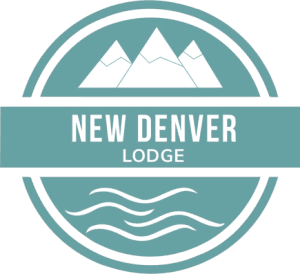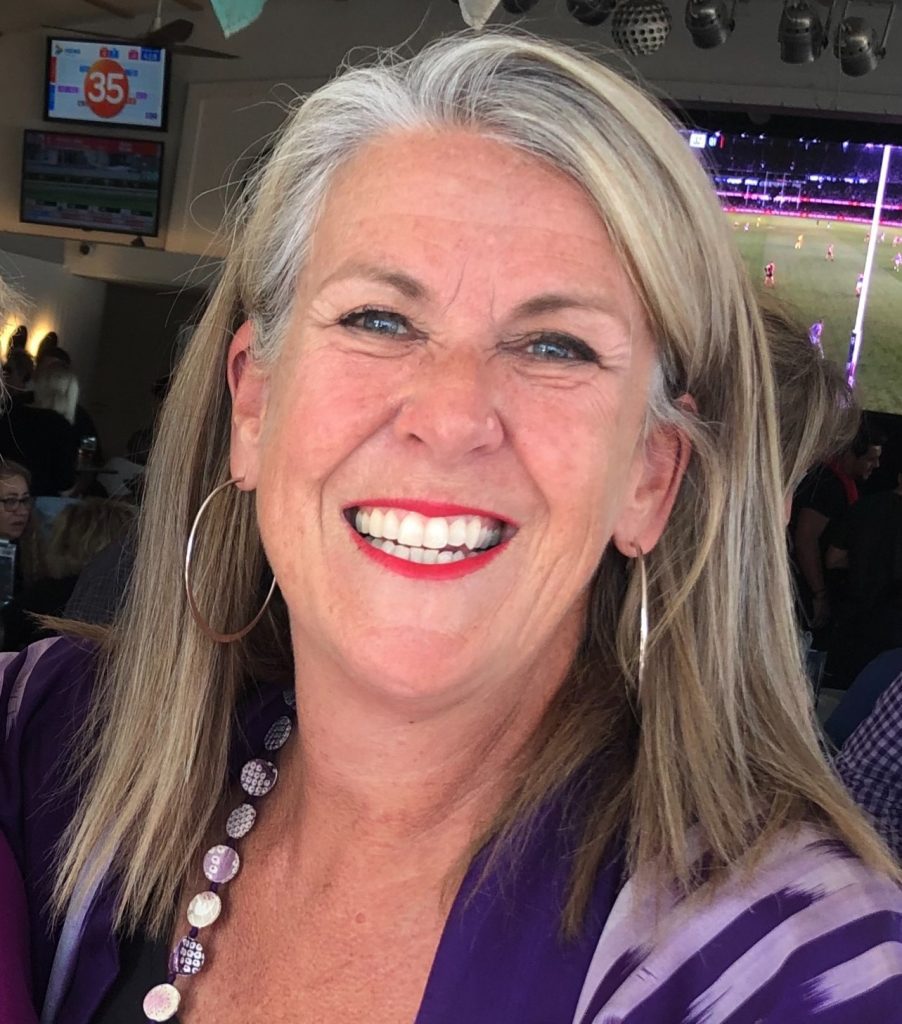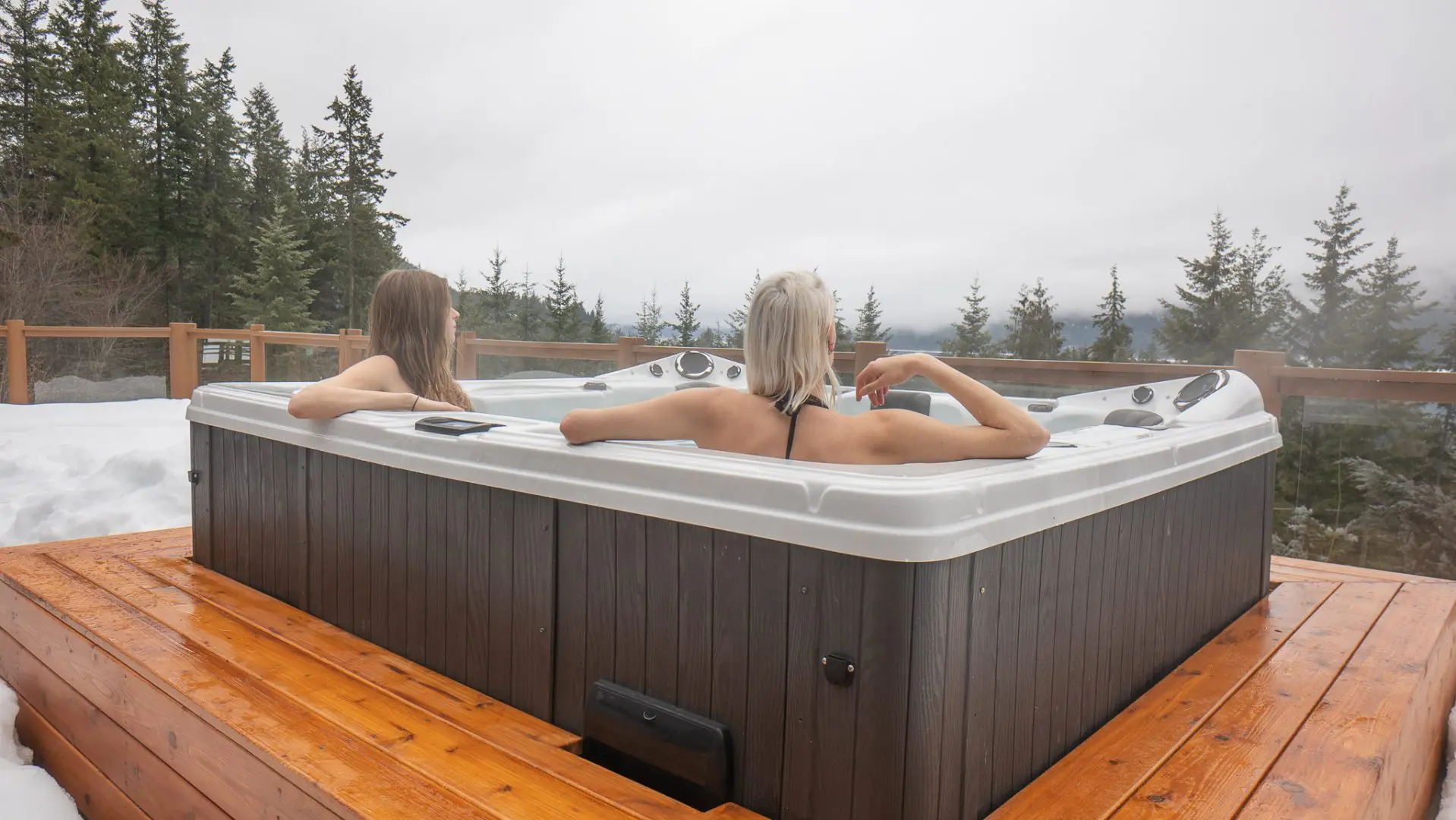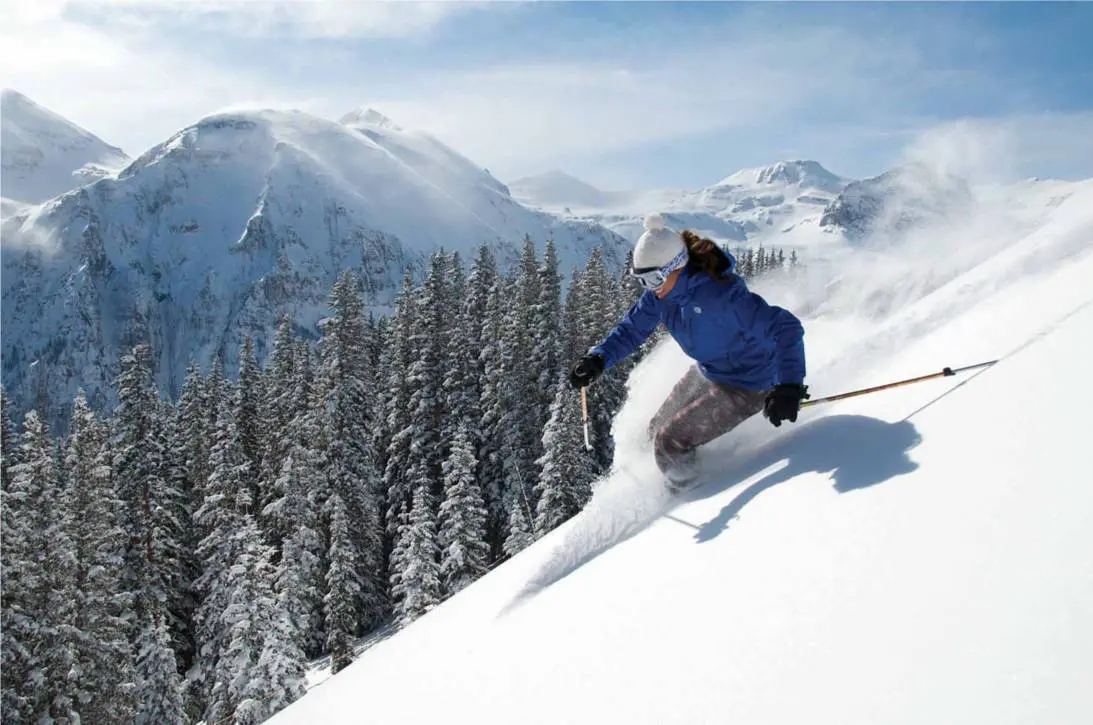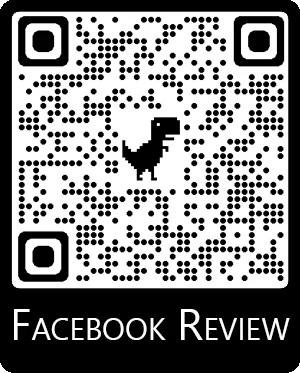For thousands of years the Indigenous inhabitants of Western Canada and British Columbia have called the land their ancestral home. They may have arrived in the region more than 10,000 years ago by crossing a land bridge over the Bering Strait to what is known today as Alaska. Although many of these Indigenous people stayed in communities on the west coast of today’s BC, many others journeyed inland to settle and feast on the salmon, other fish and wildlife, and vegetation. These Indigenous people were a truly amazing variety of different groups or tribes, each living in very different ways, with different customs, languages and rituals. We don’t know much about how people in these early settlements lived their daily lives. Most of their histories have been imbedded in oral stories and histories or songs. Their art and creativity, however, like carvings and totem poles, unquestionably express deep reverence for nature and powerful spiritual and symbolic connections to natural surroundings.
The arrival of Europeans together with imported diseases had a devastating impact on these Indigenous people and their communities. Official and other acts of discrimination and racism afflicted all of these Indigenous groups. Children were even removed from Indigenous families and their schools in an effort to eliminate their languages and culture. In 1859 the governor of the Province declared that all of the land and wealth of Indigenous communities belonged to the Crown. Laws in the 20th century banned Indigenous festivities. In the past half century, however, Canadian and BC governments have been making efforts to reverse and compensate for such damaging history. The process, especially dealing with First Nation’s land claims, has been very complex and painstaking.
Visitors to Canada and BC mostly have been a very positive force for reconciliation and change in relationships between Indigenous and non-indigenous people. In particular visitors want to experience and understand Indigenous culture. As preparation for that experience in the West Kootenays and Slocan Valley, there is an abundance of excellent online material about the history of BC’s aboriginal inhabitants,including the Sinixt and Ktunaxa First Nations.
The traditional territory of the Ktunaxa Nation covers approximately 27,000 square miles within the Kootenay region of south-eastern BC and historically included parts of Alberta, Montana, Washington and Idaho. Prior to European contact, the Ktunaxa people were semi-nomadic. The waterways of the Kootenay River provided the link to all the communities of the Ktunaxa Nation. Connection to the Kootenay River even is central to the Ktunaxa creation story.
For many centuries the Sinixt First Nation lived in the Columbia, Slocan and Kootenay Lake valleys. Clashes with immigrant settlers and miners in the 1800s and 1900s were inevitable. The Sinixt never had any official right to their land. The government supported all claims to “white man’s ownership”. The Slocan Valley and its Sinixt people remained isolated up until the discovery of silver deposits in 1891. Boomtowns like Sandon attracted thousands of newcomers. Ancient forests were cut down and burned. Waters were poisoned by mining wastes. The Sinixt were driven away. Most traditional Sinixt villages were destroyed by dams. Construction of the Grand Coulee Dam in the 1930s and 1940s finished the destruction of traditional Sinixt fishing sites and practices.
For all of these historical reasons, Kootenay National Park not only is a special place for world-class hiking and backpacking, it has a profound cultural history together with its stunning landscapes. In other words, visitors to New Denver will experience a Kootenay story that runs much deeper than just the past 100 years. The experience of the Kootenays accessible from the New Denver Lodge also encompasses the rich and enduring relationship that Indigenous peoples have with the land for many centuries.
The Kenpesq’t community, for example (currently known as the Shuswap Indian Band), part of the Secwépemc Nation, for thousands of years have lived in areas now covered by Mount Revelstoke, Glacier, Yoho, Banff, Jasper and Kootenay National Parks. Many of the roads traveled by visitors to the region are the same travel routes used by Indigenous peoples for generations. As visitors to New Denver soon learn, almost miraculously First Nations communities have managed to stay strong and thrive in the Kootenays. We would like to acknowledge that the land on which the New Denver Lodge is built and its ecologically rich environment that attracts our guests is the traditional territories of Klunaxa, Sinixt and many other Indigenous people.
